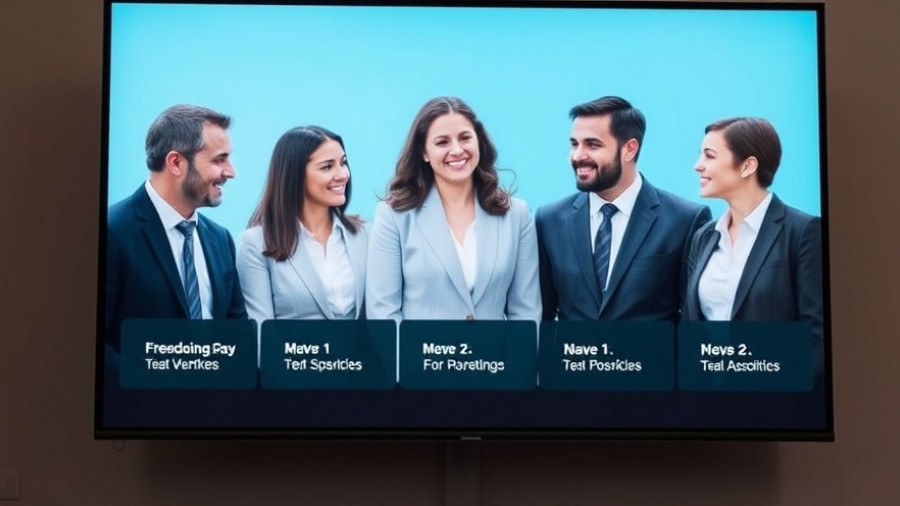
Embracing Change: The Future of Nonprofit Revenue Models
As we conclude our Nonprofit Business Agility Series, one theme has emerged as a beacon of hope and necessity within the nonprofit sector: the ability to adapt and thrive through innovative revenue models. The final session, curated by Share Charlotte, brought together leaders in our community to discuss essential shifts in funding and operational strategies.
In 'Nonprofit Business Agility Series Session 6: Revenue Models & Innovation', community leaders engaged in a vital dialogue about the evolving landscape of nonprofit funding.
The year 2025 has introduced an atmosphere of uncertainty for many nonprofits, with significant reductions in federal support and a heightened urgency to explore alternative revenue streams. This is particularly relevant for organizations that have depended heavily on grants and donations, which are becoming increasingly competitive and restricted.
Defining Earned Revenue
Earned revenue, defined as income from the sale of goods and services, is receiving increased attention as nonprofits seek sustainability. These non-traditional funding channels not only offer relief from grant dependency but also support program enrichment and the organization's long-term capacity to operate. For instance, Community Matters Cafe, a social enterprise launched by Charlotte Rescue Mission, successfully integrates its mission of providing life skills training for individuals in recovery while generating income to fund its programs.
Aligning Mission with Revenue Growth
One of the critical challenges articulated by community leaders is the balance or sometimes tension between mission and profit. Nonprofits must ensure that new business initiatives do not drift from their core mission. The panelists emphasized that successful ventures stem from aligning earned income initiatives directly with organizational goals, as seen with Sashelle McNeel's Washroom Laundry Service. Sashelle created her business from personal need but grounded it in her passion for empowering individuals facing employment barriers.
Leveraging Community Strengths
Collaboration and the sharing of resources have proven invaluable in overcoming operational hurdles. For many organizations, tapping into local partnerships can lead to innovative solutions that address both funding needs and community challenges. A strong sense of community was palpable throughout the session as attendees brainstormed and shared their diverse experiences. Organizations are exploring various strategies, whether it’s renting out unused space, forming partnerships for service contracts, or launching products that are mission-aligned but also profitable.
Future Predictions: Revenue Models in Nonprofits
Looking forward, nonprofits are likely to integrate earned revenue more deeply into their frameworks, making it a permanent feature of their operations. This evolution will require significant operational overhauls and comprehensive market analyses to avoid mission drift. Furthermore, it’s essential for leaders to embrace a culture of entrepreneurship while remaining steadfast in their commitment to their core missions.
The future of nonprofits may well depend on their flexibility and readiness to innovate. As we navigate the shifting landscape of funding, it’s clear that a new model of business agility is necessary for sustainability.
Are you in a nonprofit and considering how to diversify your revenue streams? Let's start the conversation! Harness the power of collective expertise and community conversations to strategize for a sustainable future.
 Add Row
Add Row  Add
Add 


Write A Comment